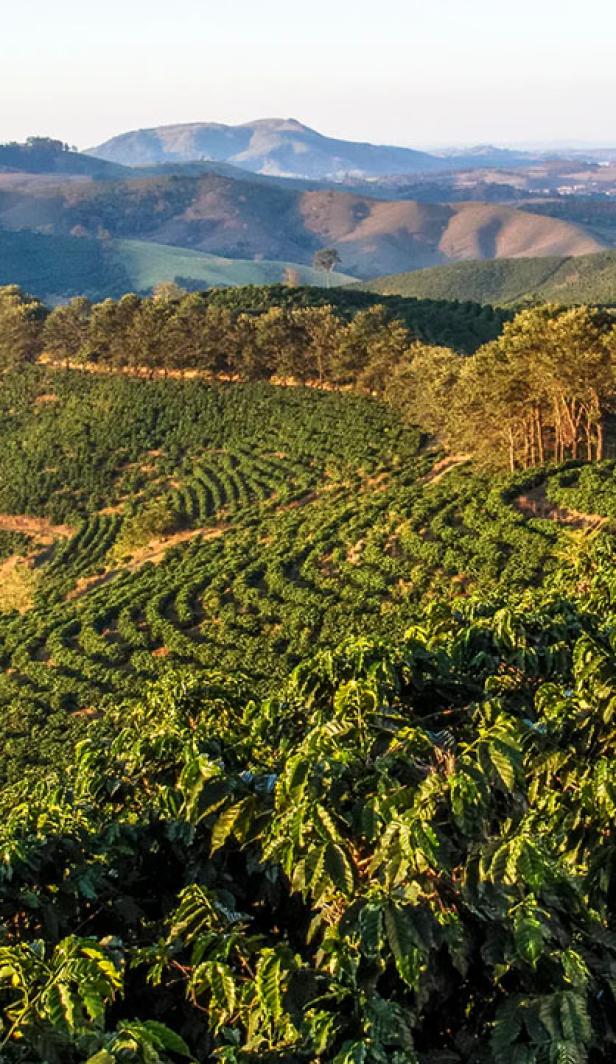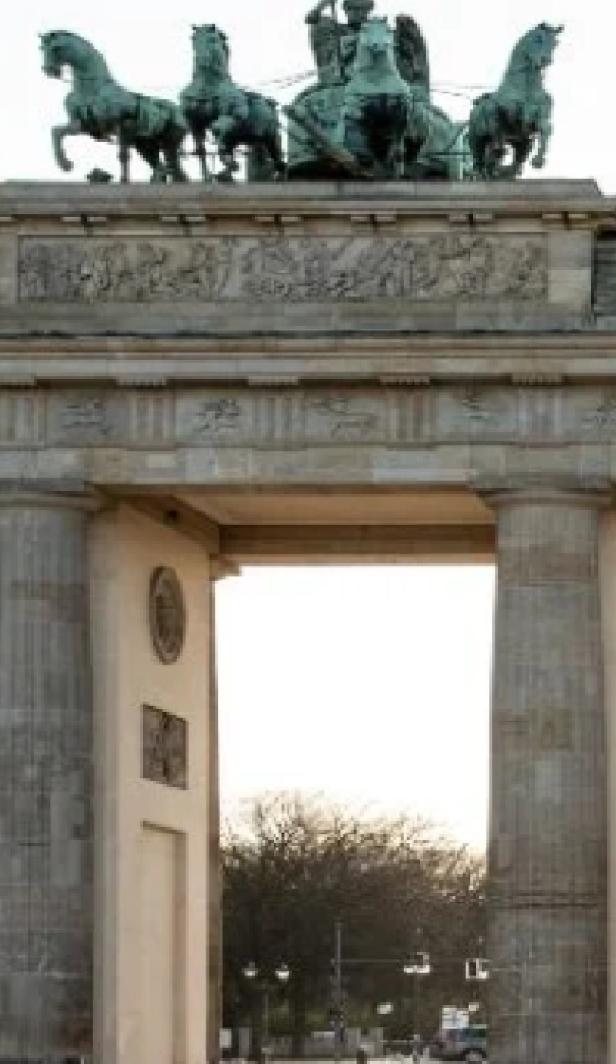History of Greek coffee
The first coffee shop or ‘kafeneio’ as it’s called in Greek was opened in 1475 in Constantinople (now Istanbul). This was traditionally a meeting place for men to sit and socialise, while women enjoyed the beverage in the privacy of their own home.
Greek coffee shops soon proved extremely popular; by the 17th century there were reportedly over 300 coffee shops in Thessaloniki alone, and by the 18th century they adorned streets all over the country.
Historically, green coffee beans were roasted over an open fire in a pan and then hand ground in coffee shops, however, in the late 19th century, kafekopteias opened. Meaning ‘coffee cutter’ in Greek, these were specialist grinding and roasting shops that also served coffee. This was the way many Greeks enjoyed coffee right up until the invention of instant coffee in the mid-20th century.
With the development of the Frappe in the 1960s, the Greek coffee industry saw rise to a more modern type of coffee shop, the ‘kafeteria’. These were incredibly popular with the younger crowd who would go to catch up and socialise over a refreshing iced coffee.
Many of these historic coffee shops are still found in Greece today and are well worth a visit to experience the true Greek coffee culture.
What is Greek coffee?
Coffee still remains an essential part of the Greek culture, there’s even a popular saying “pame gia kafe”, which means “let’s go for coffee”. However, the saying doesn’t necessarily mean that coffee will be consumed, it can mean anything from a chat to drinks. What’s more, if you visit someone’s home in Greece, it’s customary to be offered a cup of coffee to this day.
If you’d like to experience the tastes of Greece’s cherished flavours, there are many Greek coffee types to choose from, whether you’re enjoying it from a greek ‘kafeteria’ or from the comfort of your own home. Why not try making: one?.
How to make Greek coffee
Ibrik coffee
Ibrik is strong and rich in flavour and the most authentic way to enjoy coffee in Greece. It’s finely ground and made and served in a ‘briki’ or ‘ibrik’, which is essentially a small brass pot with a long handle. Traditionally it’s made with a gas burner or heated sand and in all cases, it should contain a generous layer of froth known as ‘Kaimaiki’. It’s also not uncommon for this coffee to be found served with ‘Loukoumi’, a dessert similar to Turkish delight.
How to make Ibrik coffee
- Ingredients:
- Finely ground Greek coffee
- Cold water
- Sugar (optional)
- Equipment:
- A briki (small long-handled pot)
- A small coffee cup (demitasse)
- Steps:
- Measure Water and Coffee.
- Use a small coffee cup to measure cold water and pour it into the briki.
- Add one heaped teaspoon of finely ground Greek coffee per cup of water.
- Add sugar (optional).
- Stir the coffee and sugar (if added) until dissolved.
- Place the briki on a low to medium heat. Do not stir while heating.
- Let the coffee heat slowly until a thick foam (kaïmaki) forms on top. Watch closely to prevent it from boiling over.
- Just before it boils, remove the briki from the heat. Let it settle, then briefly return to the heat to enhance the foam.
- Pour the coffee into the small cups, distributing the foam evenly. Let the grounds settle before drinking.
- Top Tips:
- Serve with water: traditionally, Greek coffee is served with a glass of cold water.
- Sip slowly: enjoy the coffee slowly, allowing the grounds to settle at the bottom. Do not drink the sediment.
- Accompany with treats: enjoy with something sweet like Turkish delight or chocolate.
Coffee is also made and served in this way in Turkey! Find out more about Turkish coffee with our guide.

Frappé coffee
It may surprise you to discover that the Frappé is a Greek coffee! This famous drink is traditionally iced instant coffee which may have milk and sugar added to taste. It was developed as a refreshing beverage that anyone, anywhere could make and enjoy and it’s still incredibly popular around the world today.
- Ingredients:
- Instant coffee
- Cold water
- Sugar (optional)
- Ice cubes
- Milk (optional)
- Equipment:
- A shaker or a jar with a tight lid (or a handheld milk frother)
- A tall glass
- A straw
- Steps:
- Add 1-2 teaspoons of instant coffee to the shaker or jar.
- Add sugar to taste (optional).
- Pour in a small amount of cold water (about 2 tablespoons).
- Close the shaker or jar tightly and shake vigorously for about 30 seconds until a thick foam forms. If using a milk frother, froth the mixture until it’s foamy.
- Pour into a serving glass.
- Add a few ice cubes to the glass.
- Fill the glass with cold water, leaving some space if you want to add milk.
- Add milk (optional).
- Stir gently with a straw and enjoy your Greek frappe coffee!

Freddo coffee
As the craze of Italian coffee swept the world, the Frappé got a revamp and the Freddo was born. There are several varieties of Freddo including espresso, cappuccino and now even flat white versions. One of the best things about this drink is that it’s highly customisable and can be served with cream, milk, plant-based dairy alternative, chocolate or could even just be had black. Whichever option you go for, it’s always guaranteed to be cold and delightfully refreshing.
- Ingredients:
- Double shot of espresso
- Ice cubes
- Sugar (optional)
- Milk or cream (optional)
- Equipment:
- Espresso machine or stovetop espresso maker
- A shaker or a jar with a tight lid (or a handheld milk frother)
- A tall glass
- A straw
- Steps:
- Brew a double shot of espresso using an espresso machine or a stovetop espresso maker.
- If you like your coffee sweet, add sugar to the hot espresso and stir until dissolved.
- Let the espresso cool slightly to room temperature.
- Fill the shaker or jar with ice cubes.
- Pour in the cooled espresso over the ice.
- Close the shaker or jar tightly and shake vigorously for about 30 seconds until the coffee is chilled and frothy.
- Fill a tall serving glass with ice cubes.
- Strain the shaken espresso into the glass, leaving the ice behind in the shaker.
- Add milk or cream (optional).

A note on sugar in Greek coffee
As Greek coffee is typically very strong, you can usually expect your barista to add sugar to your drink as standard. If you’d like to personalise the sugar content in your coffee, you can ask for it to be served:
- • Sketos: no sugar
- • Metrios: one sugar
- • Glykos: sweet, two sugars
- • Variglykos: very sweet, more than two sugars
Bear in mind that Greek coffee is no average cup of instant joe, so even if you don’t usually find yourself reaching for the sugar, you may want to! If you’re unsure, you can also ask for sugar to be served on the side so you can add as much or little as you wish.
Want to explore more of the coffee culture from around the world? Learn all about Costa Rican coffee, next!
Today’s community favourites


Join the My Perks community!
Enjoy prizes, discounts, expert tips, recipes, exclusive offers and more with My Perks.



